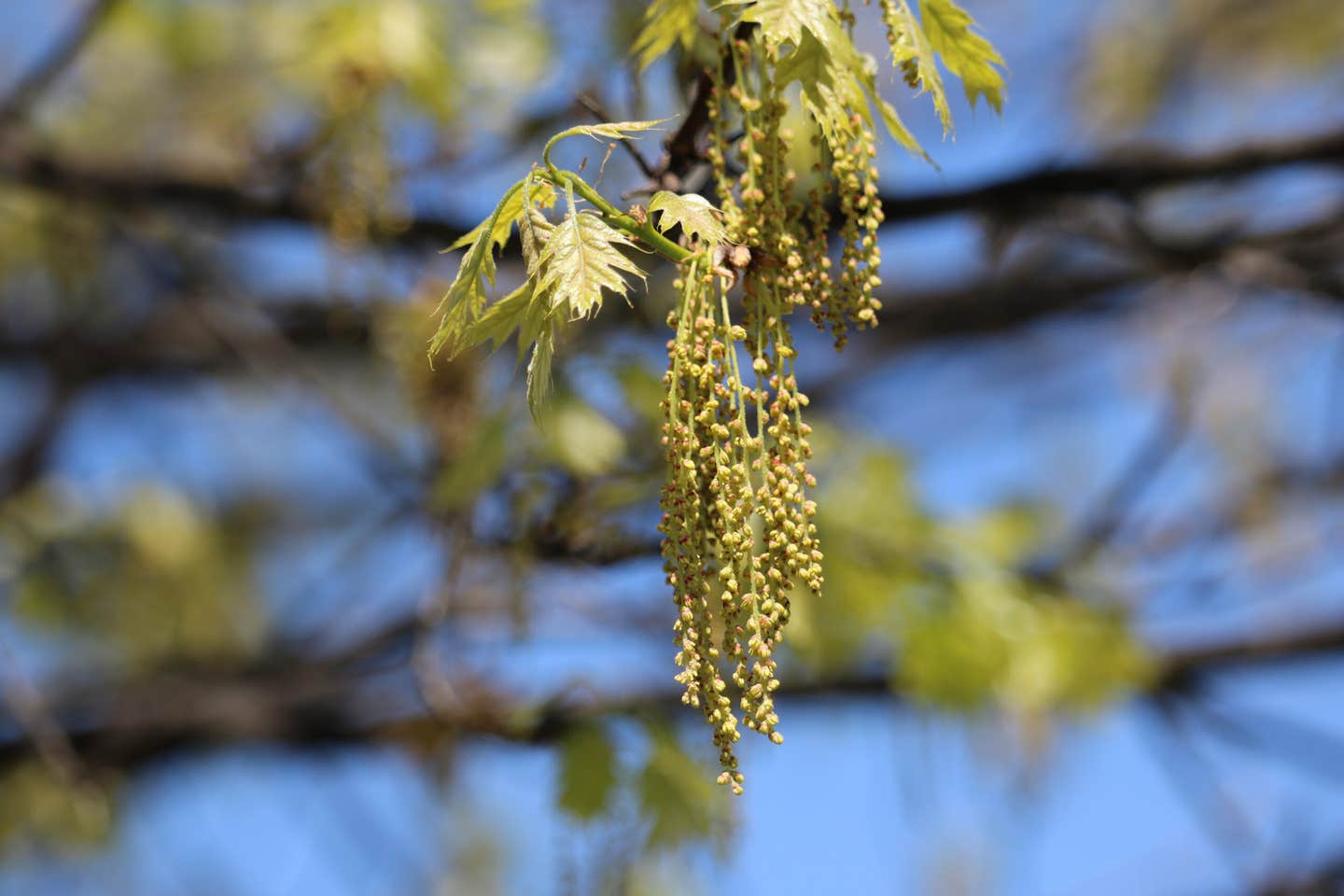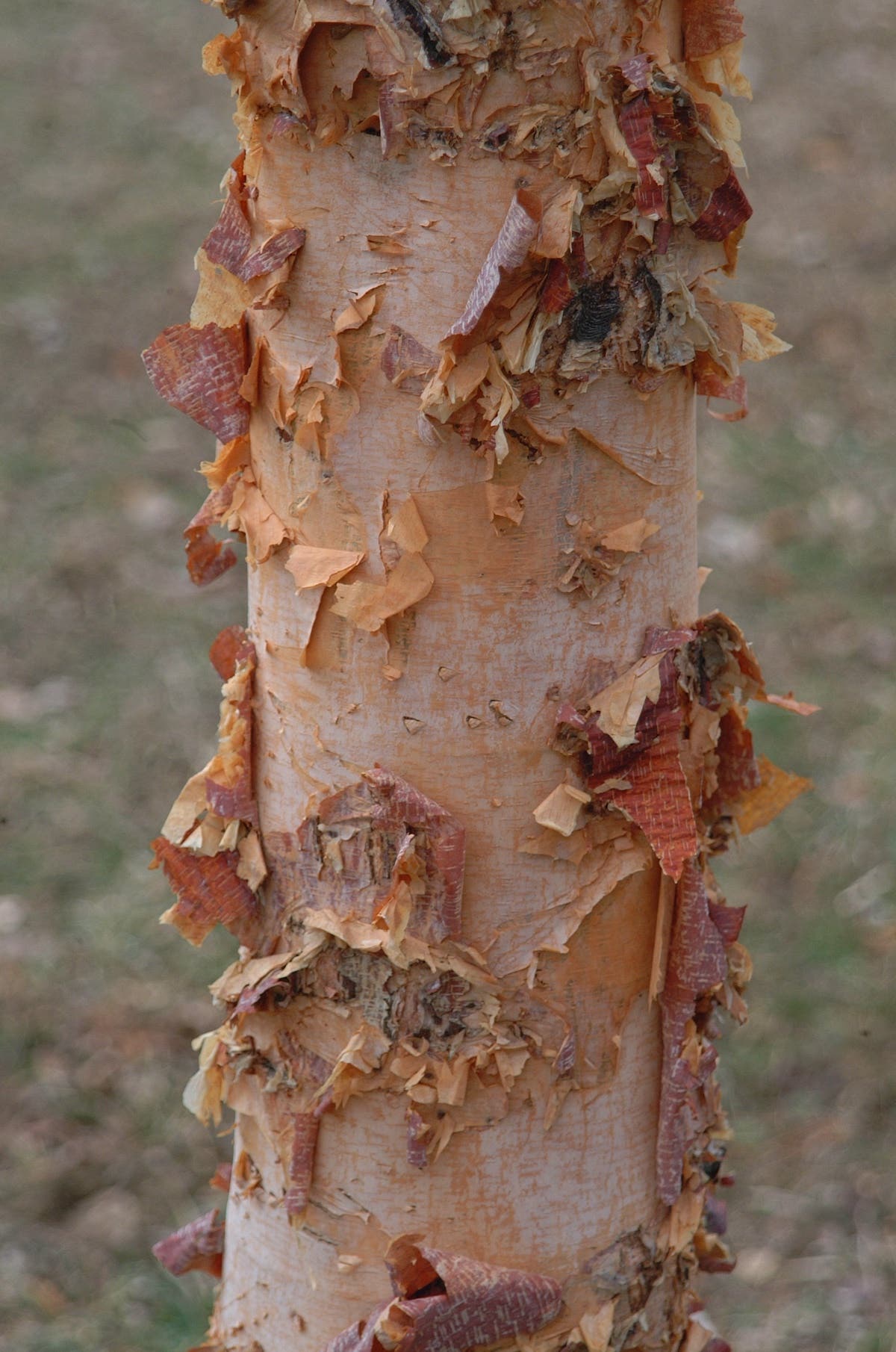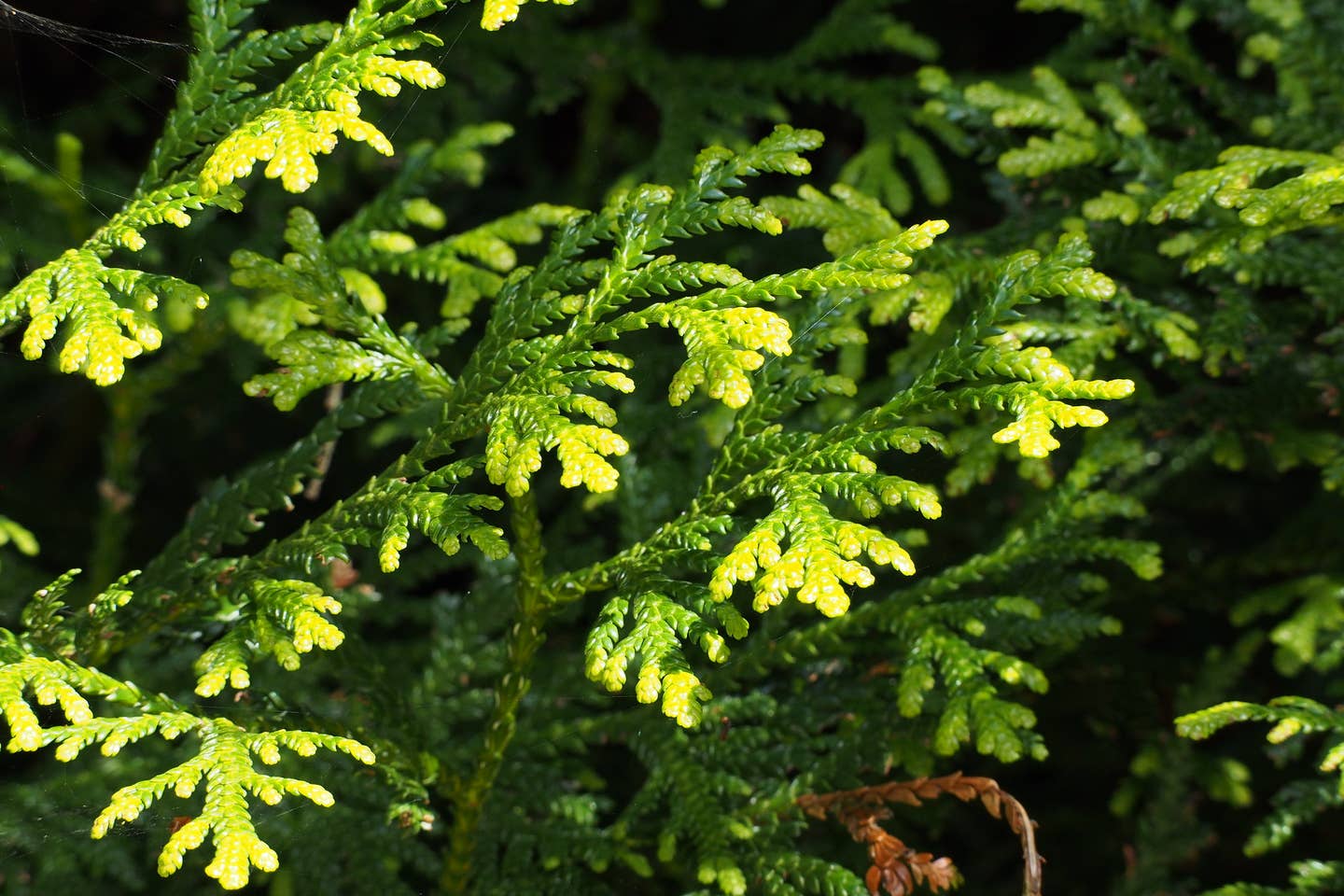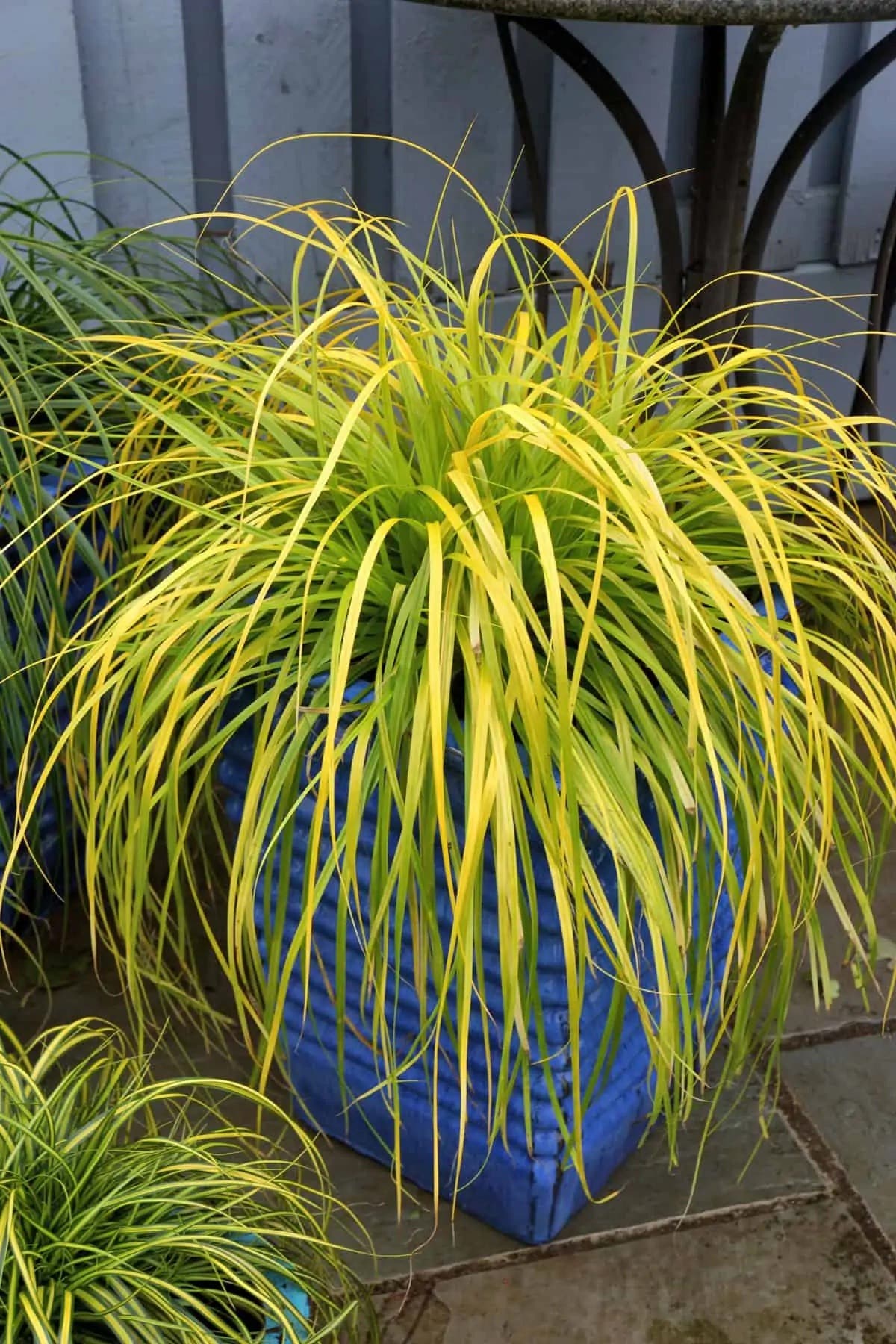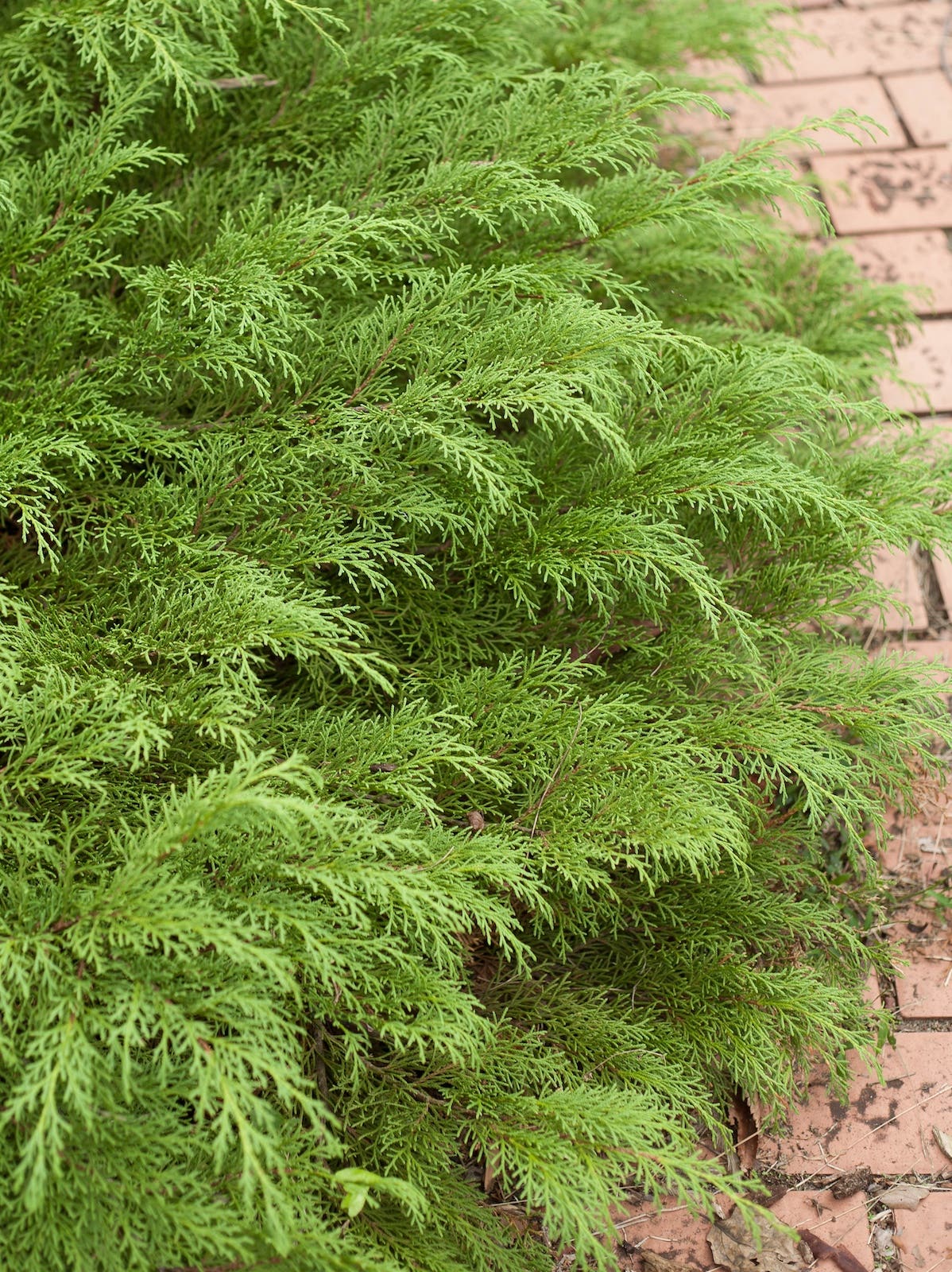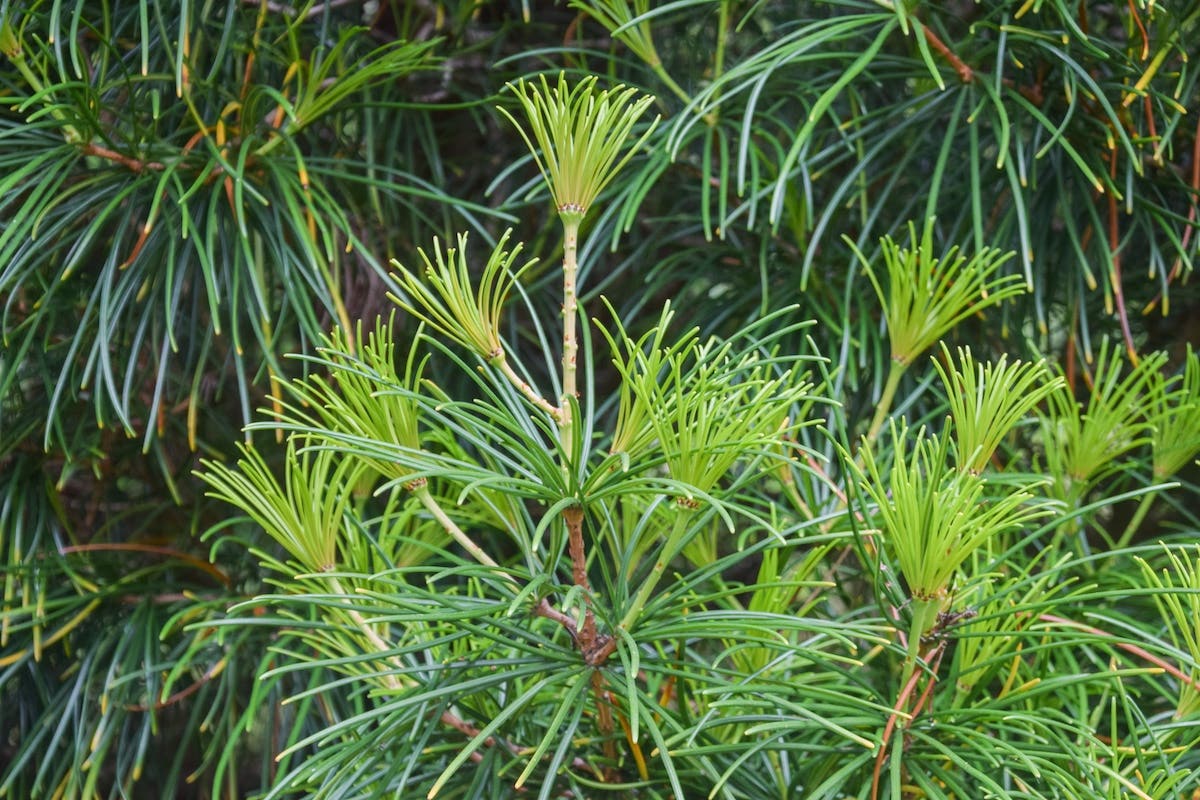Spring Beauty, or Claytonia Virginica, Lives Up to the Name
Virtues: Spring beauty is a woodland wildflowers that blooms in mid-spring, with delicate-looking flowers that make a big impression when the plant is allowed to colonize. The plant is important…
Virtues: Spring beauty is a woodland wildflowers that blooms in mid-spring, with delicate-looking flowers that make a big impression when the plant is allowed to colonize. The plant is important as a food source for bees and flies in spring.
Common name: Spring beauty
Botanical name:Claytonia virginica
Exposure: Part shade to shade
Season: Spring, for flowers. After flowering it goes dormant.
Flowers: White, five-petaled flowers with pink veining appear in the middle of spring. Multiple flowers occur on each flowering stem that stands above the spring beauties’ foliage.
Foliage: Long, narrow dark green leaves. After the plant flowers, the foliage will die back.
Habit: Perennial plant that grows from a corm. It reaches about 5 to 7 inches tall.
Origins:Claytonia virginica is native to moist, deciduous open forests and woodland edges across roughly the eastern half of North America.
How to grow spring beauty:Claytonia virginica prefers the dappled shade and moist, rich soil of the woodland. It grows from corms that should be planted in the fall. Spring beauty will spread by offsets and self-seeding, but it looks most effective when grown in such a group, so site it where you don’t mind it spreading. Because it is an ephemeral plant that goes dormant in late spring, it is ideal for mixing with other shade ground covers that come into their own after the spring beauties have bloomed. USDA Zones 3–9.


